Every landscape needs “winter interest,” and several of our favorite native shrubs are real show-offs this time of year.
Without a doubt, the star of the season is Winterberry (Ilex verticillata). Winterberry is a holly, but unlike most hollies, it is deciduous – meaning it loses its leaves in the fall. And that’s a good thing! The berries start turning red in October while the leaves are still green. Weeks later, the leaves drop off revealing brilliant clusters of berries that remain all winter.
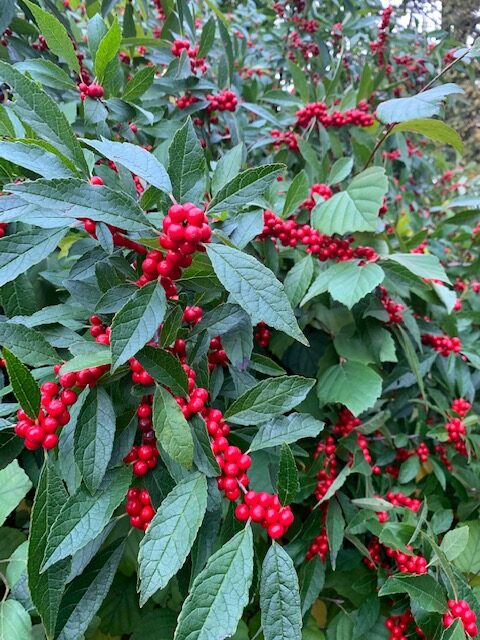
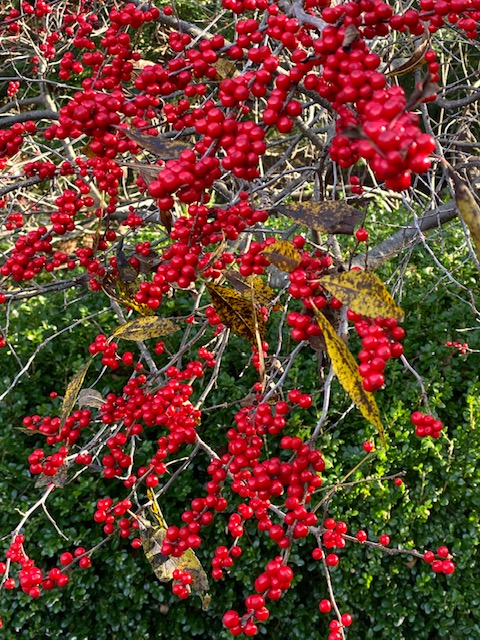
Or, at least, the berries could remain all winter unless the local birds have other ideas. We assumed for a long time that the berries needed all winter to ripen, because neither rain nor snow nor dark of night caused them to disappear until robins returned in the spring.
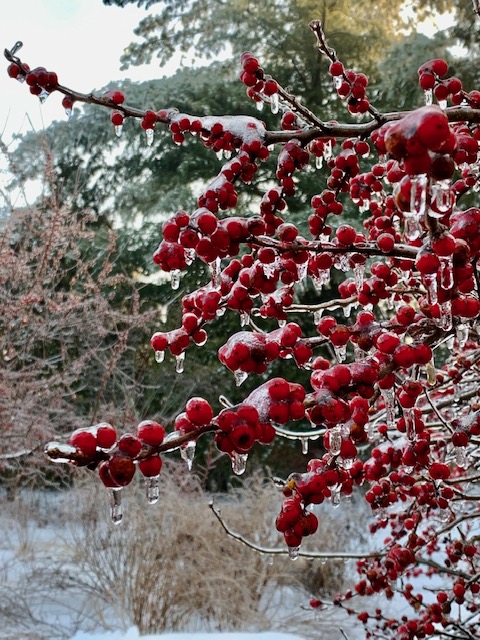
But in some years, mockingbirds, blue jays, and cardinals seem to celebrate the holidays with Winterberry snacks. So, we can’t totally promise the berries will remain all winter. But the robins definitely will finish up whatever is left in the spring.
If you have a boggy area on your property, Winterberry is a great choice – it will live in standing water and will happily send out shoots to form a thicket. So, it’s a great choice for a rain garden or a problem wet area. It does well in average garden soil as well, with full sun and regular moisture, and can be controlled easily by removing new shoots.
Like other hollies, Winterberry is dioecious, meaning both male and female plants are necessary for berry production. Bees visit the flowers on the male plant and carry the pollen to the flowers on the female plants to fertilize the ova and produce berries. Your local nursery will sell you a male shrub to plant somewhere near the female so bees can find both plants when they bloom in the spring. The flowers are small and white and not very noticeable, but the shrub is a lovely deep green all summer long.
Winterberry can grow 8 to 12 feet tall, but can be pruned for shape and size. There are cultivars that naturally stay much smaller – ‘Red Sprite’ takes a rounded shape and stays 3 to 4 feet tall. You’ll need ‘Jim Dandy,’ the male pollinating plant, to get berries on ‘Red Sprite.’ We suggest avoiding the recently-introduced Asian hybrids of Winterberry. The value of their berries for native birds and the risk of them becoming invasive are unknown.
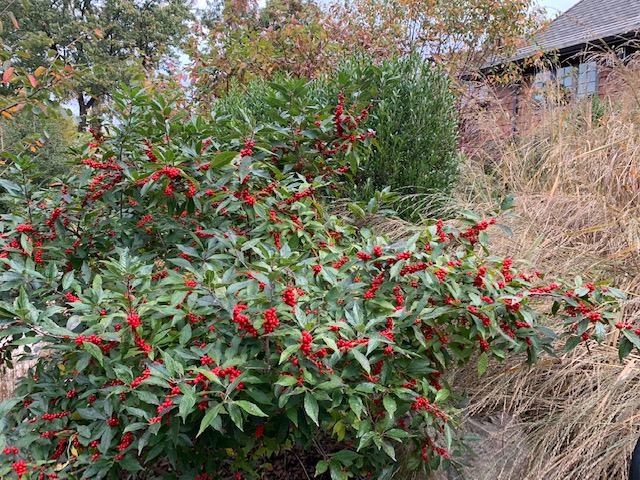

This time of year, you may find whole branches of Winterberry mysteriously disappearing when it’s time to decorate for the holidays. The Garden Club of Irvington recently collected Winterberry and other foraged materials from our grounds to decorate the Nature Center. The impact of Winterberry on our fireplace mantles is spectacular! (Word of caution: the berries can be toxic to dogs, cats, and toddlers, so it’s best to keep them out of reach.)
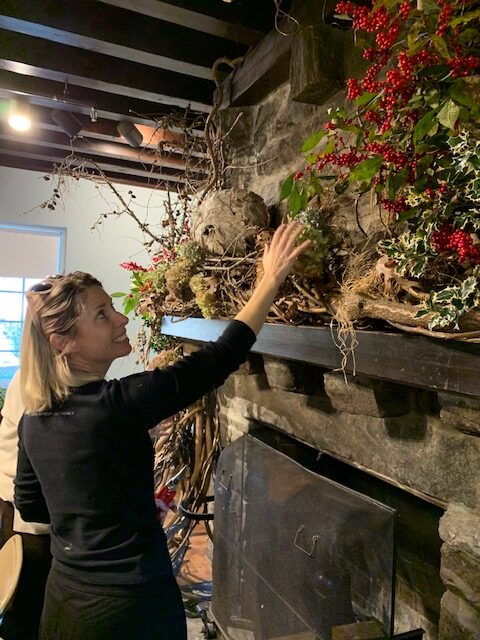
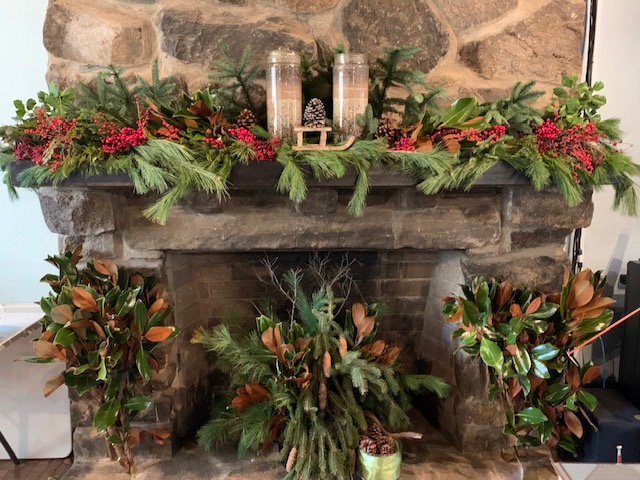
Winter solstice is nigh, and the Winterberry is bright!
This blog is authored weekly by Cathy Ludden, local expert and advocate for native plants; and Board Member, Greenburgh Nature Center. Follow Cathy on Instagram for more photos and gardening tips @cathyludden.

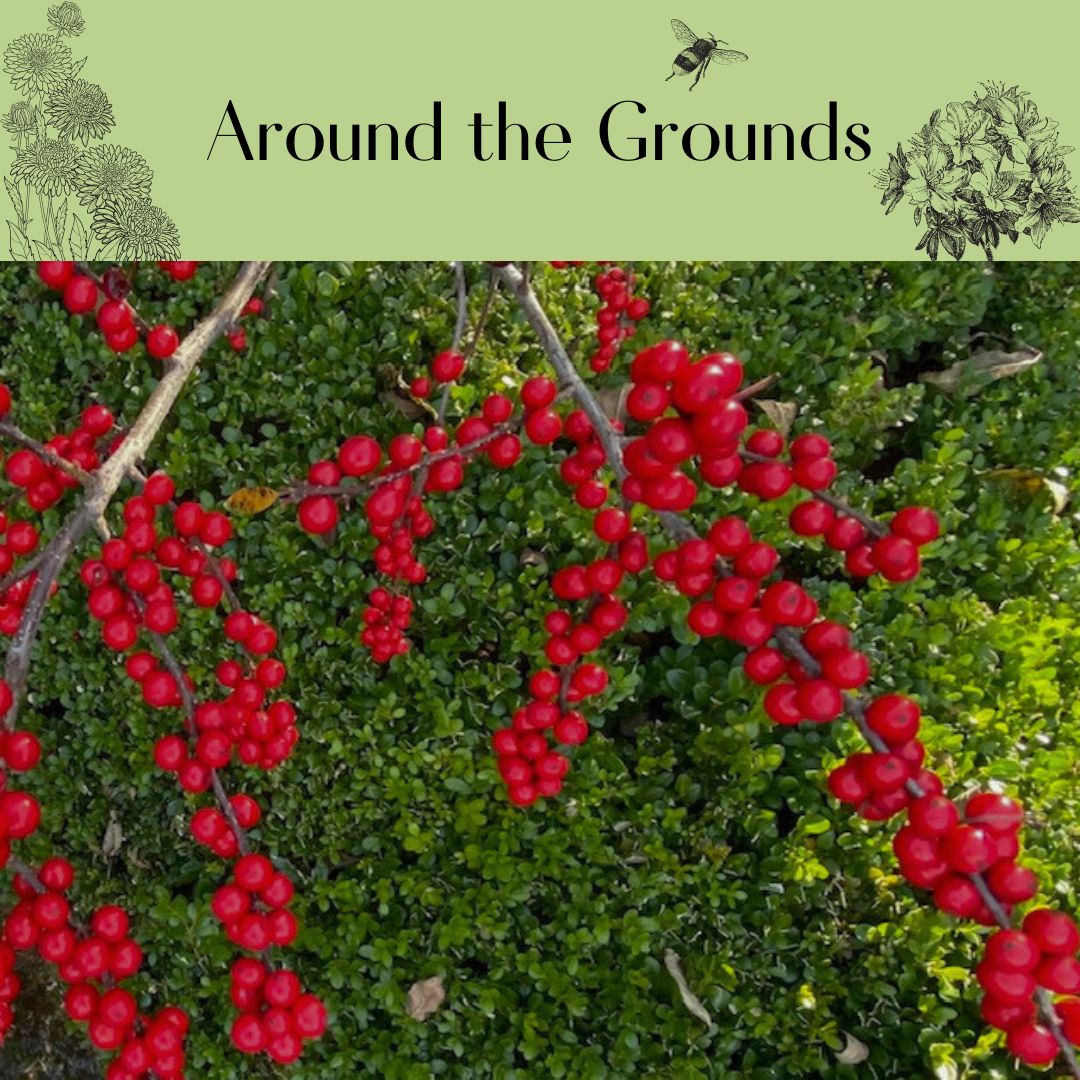
Premium Lifestyles are expert hardwood deck builders.
Hi Cathy,
Another terrific blog providing a lot of information that I did not know before. Thanks so much!
Jim
Appreciate the feedback!
Beautiful photos!